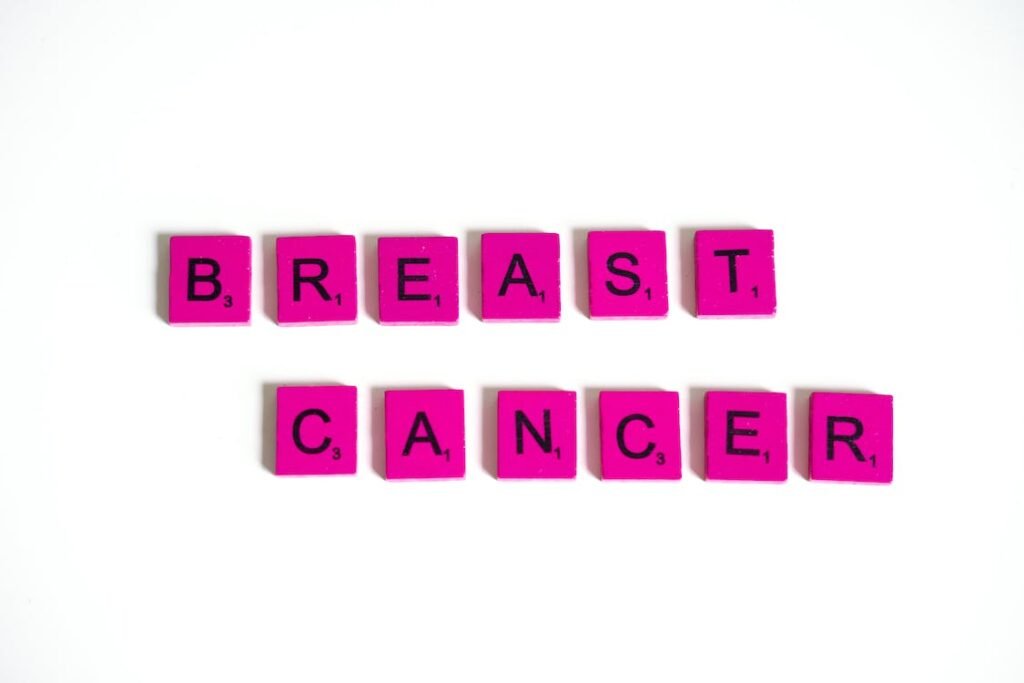Recognize the Breast Cancer Symptoms with this comprehensive guide highlighting 10 key symptoms. From changes in breast appearance to subtle discomfort, learn about the importance of early detection, screenings, and available treatments.
Table of Contents
- Introduction
- The Importance of Recognizing Breast Cancer Symptoms
- The Role of Early Detection in Treatment Success
- Understanding Breast Cancer Symptoms
- General Awareness and Vigilance
- Commonalities and Uniqueness in Symptom Presentation
- The 10 Breast Cancer Symptoms
- Changes in Breast Size or Shape
- Unexplained Pain or Discomfort
- Skin Changes on the Breast
- Nipple Changes
- Unexplained Discharge from Nipples
- Persistent Itching or Rash
- Lumps or Thickening in the Breast or Underarm
- Swelling or Redness
- Changes in Breast Texture
- Persistent Fatigue
- Seeking Medical Attention
- When to Consult a Healthcare Professional
- Importance of Regular Breast Self-Exams and Mammograms
Unveiling the Clues: 10 Breast Cancer Symptoms You Shouldn’t Ignore

Introduction
Breast cancer is a formidable adversary, but early detection can be a powerful weapon. Understanding the symptoms is crucial for recognizing potential issues and seeking timely medical attention. In this guide, we unveil the 10 breast cancer symptoms that you should be aware of, emphasizing the importance of vigilance, regular self-exams, and screenings.
Understanding Breast Cancer Symptoms
General Awareness and Vigilance Breast cancer symptoms can manifest in various ways, from subtle changes to more noticeable signs. Developing a general awareness and maintaining vigilance empower individuals to detect potential issues early.
Commonalities and Uniqueness in Symptom Presentation While there are common symptoms, each person may experience breast cancer differently. Recognizing both commonalities and unique presentations is essential for comprehensive awareness.
The 10 Breast Cancer Symptoms
Changes in Breast Size or Shape Noticeable changes in the size or shape of the breast, including asymmetry, could be indicative of breast cancer. Pay attention to alterations that persist over time.
Unexplained Pain or Discomfort Persistent, unexplained pain or discomfort in the breast or underarm should not be dismissed. While not all breast pain is linked to cancer, consult a healthcare professional for evaluation.
Skin Changes on the Breast Changes in the skin’s appearance, such as redness, dimpling, or puckering, may signal an underlying issue. Regularly inspect your breasts for any alterations in skin texture.
Nipple Changes Changes in the position or shape of the nipple, as well as unusual nipple discharge, should be investigated promptly. Any deviation from normal nipple appearance warrants attention.
Unexplained Discharge from Nipples While nipple discharge can be due to various reasons, unexpected or bloody discharge may be a cause for concern. Seek medical evaluation for any unexplained nipple discharge.
Persistent Itching or Rash Persistent itching or the development of a rash on the breast should not be ignored. These symptoms may indicate an underlying issue that requires investigation.
Lumps or Thickening in the Breast or Underarm Detecting lumps or areas of thickening in the breast tissue or underarm during self-exams is crucial. These abnormalities should be promptly evaluated by a healthcare professional.
Swelling or Redness Unexplained swelling or redness in the breast may signal inflammation or an underlying issue. Persistent changes in breast appearance should be examined by a medical professional.
Changes in Breast Texture Changes in the texture of the breast, such as the development of a hardened area, should be investigated. These changes may be palpable during self-exams.
Persistent Fatigue While fatigue is a general symptom, persistent and unexplained fatigue can sometimes be associated with underlying health issues, including breast cancer. Pay attention to changes in energy levels.
Seeking Medical Attention
When to Consult a Healthcare Professional Prompt consultation with a healthcare professional is essential if you experience any of the mentioned symptoms. Early detection improves treatment outcomes, making timely medical attention crucial.
Importance of Regular Breast Self-Exams and Mammograms Regular breast self-exams and mammograms are powerful tools for early detection. Incorporate these practices into your routine and adhere to recommended screening schedules based on age and risk factors.
Conclusion
Unveiling the clues of breast cancer symptoms is a proactive step towards early detection and improved treatment outcomes. By staying informed, practicing regular self-exams, and prioritizing screenings, individuals can play an active role in their breast health. Don’t ignore potential signs—seek medical attention promptly, as early intervention is key in the battle against breast cancer.



